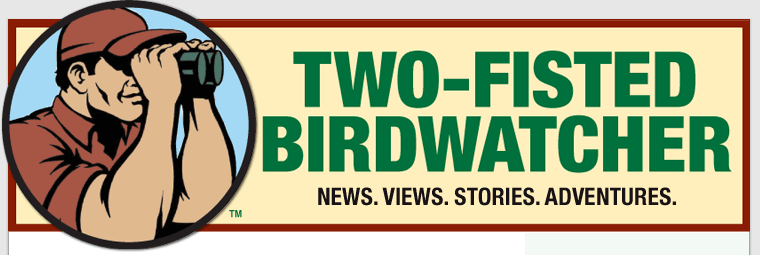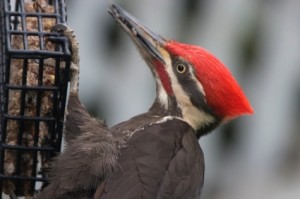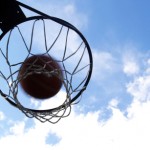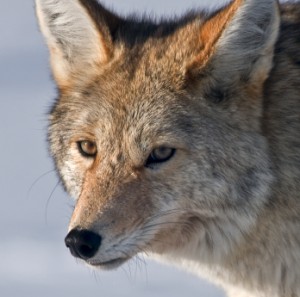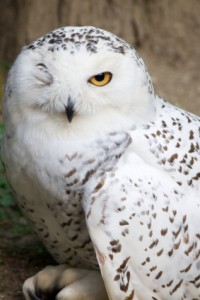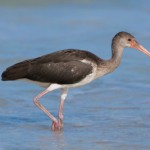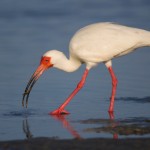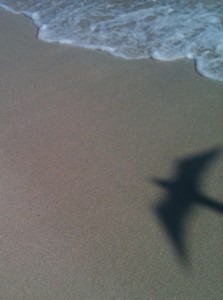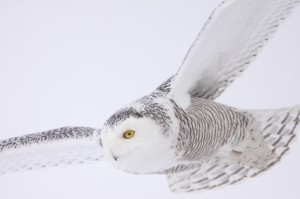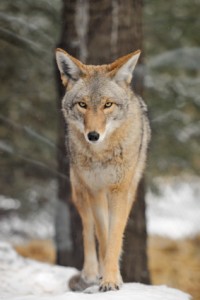By Bob Grump
(Here’s another guest essay sent in by a guy calling himself Bob Grump. We figure that might not be his real name. We also figure he has a few beers when writing these essays, which can get a little cranky. Fine with us. He’s got a right to ruffle some feathers, if he wants. Hell, there’s plenty of feathers to go around on a website about birds. But if it was just a website about birds, we probably wouldn’t have received the following…)
~ ~ ~
I come to your website, Mr. 2-Fisted Birdwatcher, for stuff about birds. And you keep throwing up these stories about things that are not really about birds, but might just have only one or two birds in them.
You did it last month in your story about Wyatt Earp’s girlfriend.
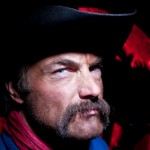
Not me. But the bad mood's the same.
It had a title that caught me. “Cowboys and Birdwatchers.” Pretty damn cool. Like that movie “Cowboys and Aliens,” which was a much better title.
But your title was still pretty cool. That’s not what my complaint’s about. Okay, here’s the part where I start complaining:
Based on your pretty cool title, the story itself left me feeling like I’d bought a ticket for “The Big Year,” and when I sat down in the theater with my popcorn, they started playing “Tombstone.”
Don’t get me wrong. “Tombstone” is a great movie with the Earps, Doc Holiday, Ike Clanton, good lookin’ women. I like it, even if it’s pretty old. That’s okay. I’m pretty old myself.
But look here: Tombstone didn’t call itself “Tombstone and a Titmouse.” Or something like that, which woulda been designed to hook a birder like me into seeing it.

"...Titmouse?"
Yeah, yeah, I know you won’t see a titmouse in Colorado. But the species, Bridled Titmouse, is found in Arizona. (Along with bridled horses. Coincidence?). That’s not the point. That wasn’t the title of the movie anyway.
The point is this: come on man, “Cowboys and Birdwatchers” sounds like it’s gonna be about cowboys and birdwatchers. Like maybe birdwatchers were on grazing land, and cowboys formed a posse to chase ‘em off.
Or maybe birdwatchers were selling binoculars to outlaws who used them when setting up stagecoach robberies. Or maybe birdwatchers taught cowboys to identify birds so the lone prairie wouldn’t be so boring.
There are cool birds on the lone prairie, including Cattle Egrets, which would fit into a story about a cattle drive.
But we didn’t get none of this! Instead we got a gunfight, with a tricky ending and some sexy stuff, too.
I don’t mind gunplay, tricky endings or sexy stuff, but we didn’t even get all these things in one story at one time!
No, you had to make it a “two-parter,” partner.
Being two-fisted is okay: I kinda get that. Us birdwatcher types are not sissies. But just ‘cause we’re two-fisted doesn’t mean you got to write us a story in TWO parts.
Just when I got hooked on where you were going with “Cowboys and Birdwatchers” (“Part One”), you ended it. That’s one big reason for my complaint. Then you made us wait like a week or so for “Part Two.”
Now here’s the rest of my complaint.
Neither “Part One” or “Part Two” was much about birds. Sure, you jammed in a few. The Dippers, a crow, a Great Blue Heron, maybe an eagle.
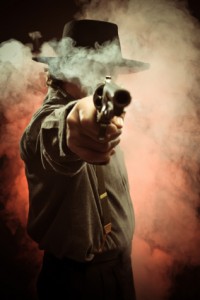
Your shoot 'em up.
But c’mon, we all know that was just so’s you could put your shoot ’em up on a birding website. Right?
So, there’s my complaints.
And here’s my suggestion: Stick to bird stories. Leave cowboy stories to Louis L’Amour. (Funny, he was a two-fisted writer who wrote two-fisted westerns, but he sure didn’t have a two-fisted name).
Or, at least don’t write ’em in two pieces. I don’t like being kept hanging. This ain’t a necktie party.
And furthermore, nobody knows what a damn Dipper is, anyway. Shoulda called ‘em Water Ouzels, or at least American Dippers, but, no, that woulda been too birdy for you. You were more interested in guns, horses and girls with their shirts ripped open.
Okay, I’m done complaining. Just try to remember what I said for next time.
